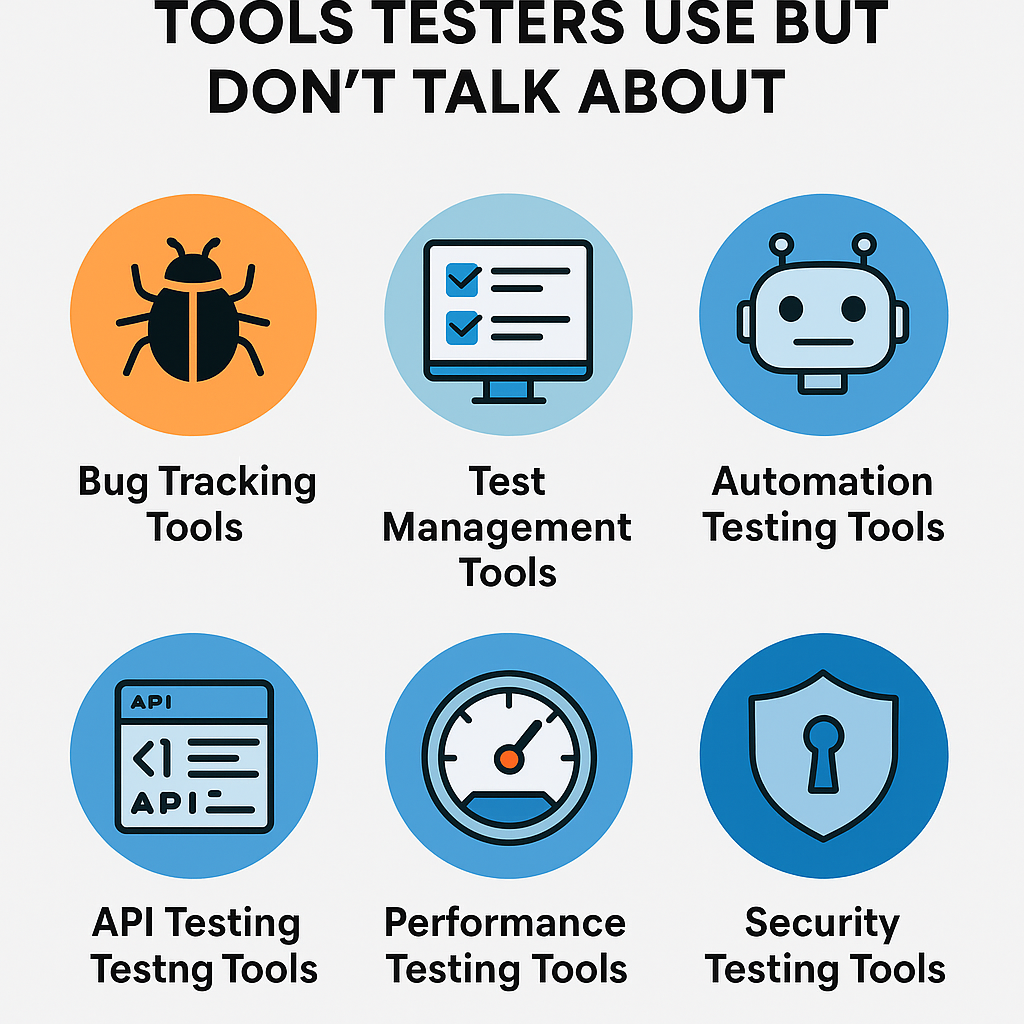Introduction: What is Assert Title in Selenium WebDriver?
Selenium WebDriver is a powerful tool for automation testing of web applications. One of its key features is the ability to verify if the title of a web page matches the expected value using assertions. Assert Title is a critical component for validating user journeys and ensuring quality in web applications.
In this article, we’ll dive into what Assert Title is, why it’s important, and how to use it effectively with Selenium WebDriver. By the end, you’ll have a clear understanding and practical examples to improve your testing automation skills.
What is Assert in Selenium WebDriver?
Assertions are used to validate the correctness of test conditions in Selenium. They ensure that the actual output matches the expected results during automation testing.
For example:
- Verifying if a page has loaded correctly.
- Ensuring the title matches the user’s expectations.
Types of Assertions in Selenium:
- Hard Assertions: Test execution stops if the assertion fails.
- Soft Assertions: Test execution continues even if the assertion fails, and errors are reported later.
Why Use Assert Title in Selenium?
Assert Title is used to verify whether the title of a web page is as expected. It’s a simple yet effective way to:
- Ensure that the correct page has loaded.
- Validate that the navigation is working as intended.
- Catch errors in title configurations, which could mislead users.
How to Use Assert Title in Selenium WebDriver?
Example: Basic Usage of Assert Title
import org.openqa.selenium.WebDriver;
import org.openqa.selenium.chrome.ChromeDriver;
import org.testng.Assert;
public class VerifyTitle {
public static void main(String[] args) {
System.setProperty("webdriver.chrome.driver", "path_to_chromedriver");
WebDriver driver = new ChromeDriver();
// Open the URL
driver.get("https://www.qaonlinetraining.com");
// Capture the page title
String actualTitle = driver.getTitle();
// Assert the title
Assert.assertEquals(actualTitle, "QA Online Training - Your Testing Partner",
"Title does not match!");
driver.quit();
}
}
Advanced Usage: Combining Assertions with Page Objects
The Page Object Model (POM) can make your tests more maintainable. Here’s how you can implement Assert Title using POM:
import org.openqa.selenium.WebDriver;
import org.testng.Assert;
public class HomePage {
WebDriver driver;
public HomePage(WebDriver driver) {
this.driver = driver;
}
public void verifyPageTitle(String expectedTitle) {
Assert.assertEquals(driver.getTitle(), expectedTitle, "Title mismatch!");
}
}
Advantages of Using Page Objects:
- Reduces code duplication.
- Improves maintainability of test scripts.
Common Challenges with Assert Title and How to Resolve Them
1. Dynamic Titles:
Some pages generate titles dynamically based on user interactions or session data.
Solution: Use string manipulation or regex to match parts of the title.
2. Incorrect Title Captures:
The getTitle() method might return unexpected results if the page hasn’t fully loaded.
Solution: Add an explicit wait to ensure the page has loaded completely before capturing the title.
3. Assertion Failures:
Assertion failures stop test execution in hard assertions, which might leave resources unclosed.
Solution: Use try-catch blocks or soft assertions to handle such scenarios.
Best Practices for Using Assert Title in Selenium
- Use Explicit Waits: Ensure the page is fully loaded before asserting the title.
- Follow Naming Conventions: Use meaningful names for variables and test methods.
- Log Results: Capture assertion results in logs for better debugging.
- Handle Test Data Dynamically: Account for variations in page titles.
- Integrate with CI/CD Pipelines: Run title assertion tests as part of your automated deployment process.
Applications of Assert Title in Real-World Testing
Scenario 1: Validating Login Pages
- Ensure that after logging in, the user lands on the correct dashboard with the expected title.
Scenario 2: E-Commerce Navigation Testing
- Verify that clicking on categories or products redirects users to the correct pages with accurate titles.
Scenario 3: Cross-Browser Testing
- Validate that page titles render consistently across browsers.
Instructor-Led Selenium Training
Want to learn Selenium WebDriver in-depth? Join our Selenium Certification Training, where you’ll gain hands-on experience in:
- Writing and executing automation scripts.
- Working with Selenium frameworks like TestNG and Cucumber.
- Integrating Selenium with CI/CD tools like Jenkins.
👉 Explore Selenium Certification Training
FAQs: Assert Title in Selenium WebDriver
1. What is Assert Title in Selenium?
Assert Title verifies that the actual title of a web page matches the expected title during automation testing.
2. Can I use Assert Title in soft assertions?
Yes, using libraries like SoftAssert in TestNG, you can implement soft assertions for title verification.
3. Why does my title assertion fail intermittently?
Intermittent failures often occur when the page hasn’t fully loaded. Use explicit waits to resolve this issue.
4. Is Assert Title useful for API testing?
No, Assert Title is specifically for web testing. For API testing, tools like Postman or RestAssured are more appropriate.
5. How do I handle dynamic page titles?
Use string manipulation or regex patterns to validate dynamic titles effectively.
6. What are alternatives to Assert Title in Selenium?
You can use soft assertions, verify methods, or custom validation functions for similar checks.
7. Can I integrate title assertions with BDD frameworks like Cucumber?
Yes, you can write Cucumber step definitions to include title assertions as part of your scenarios.
8. What happens if the assertion fails?
In hard assertions, the test stops execution. In soft assertions, the failure is logged, and execution continues.












